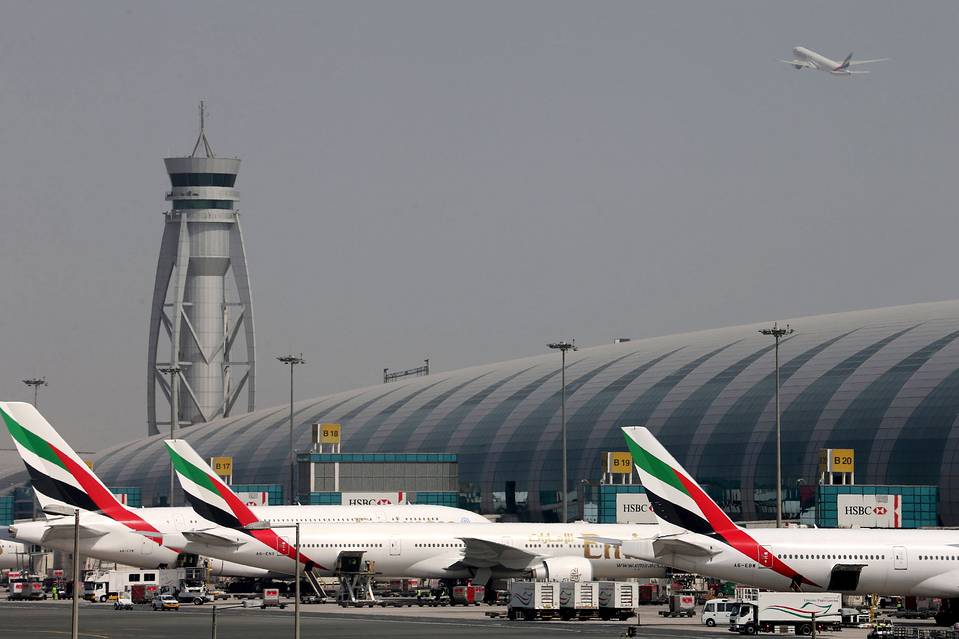Jeddah-The International Air Transport Association (IATA) expects 7.2 billion passengers to travel in 2035, a near doubling of the 3.8 billion air travelers in 2016.
“Runways, terminals, security and baggage systems, air traffic control, and a whole raft of other elements need to be expanded to be ready for the growing number of flyers,” said Alexandre de Juniac, IATA’s Director General and CEO.
“It cannot be done by the industry alone. Planning for change requires governments, communities and the industry working together in partnership.”
De Juniac said that the roadmap to turn this dream into reality is being developed through IATA’s Simplifying the Business (StB) program.
StB looks over the passenger experience from an end-to-end perspective across all processes, from shopping for travel, to the airport experience, to arriving at the destination, with a special focus on transformation.
Programs under the StB umbrella include Smart Security, a joint initiative with Airports Council International (ACI) to make airport security checkpoints more efficient and less intrusive. It is making inroads in Europe and the first U.S. airport—Hartsfield Atlanta International Airport—just joined the program.
The StB also includes The New Distribution Capability (NDC), which will change how consumers shop for air travel by enabling travel agents to have access to products and services currently available only on airline websites owing to technology limitations. Already 26 airlines have implemented a part of the NDC standard.
One Order will build on the capabilities of NDC to enable airlines to replace the multiple rigid and paper-based booking and ticketing records by combining the contents into a single and flexible order record. It will eliminate the need for passengers to juggle different reference numbers and documents along their journeys.
De Juniac called for air transport stakeholders to work together and embrace speed and innovation to meet the challenges of growth and rising passenger expectations. “How do we move these concepts forward? The answer is in partnerships. Even as we implement today’s great ideas, we need to be looking for the next innovation that will make air travel even more compelling to the potential traveler. And we should be prepared to face a future where the cycle of innovation is continuously accelerating.”
De Juniac warned, however, that “no matter how much or how quickly we innovate our processes, there is no getting around the need to be both smart and quick in growing airport and airspace capacity.”
“Inadequate infrastructure negatively impacts the passenger experience in the form of flight delays, longer routes and inefficient schedules. Then there is the cost to economies of lost business opportunities, employment and social development. Remember aviation is a critical catalyst for economic and social development, supporting 63 million jobs and some $2.7 trillion in economic impact.”
De Juniac cited the recent historic agreement among member states of the International Civil Aviation Organization (ICAO) to enable aviation to grow sustainably as an example of what can be achieved by working together.
“Where we have common interests, we can produce results. With ICAO, the industry worked with governments to achieve the world’s first agreement to offset the environmental impact generated by the growth of an entire industrial sector. Along with our investments in more efficient technologies, infrastructure and operations, we will ensure that aviation grows sustainably as we prepare to meet our long-term commitment to cut net emissions to half of 2005 levels by 2050.”
